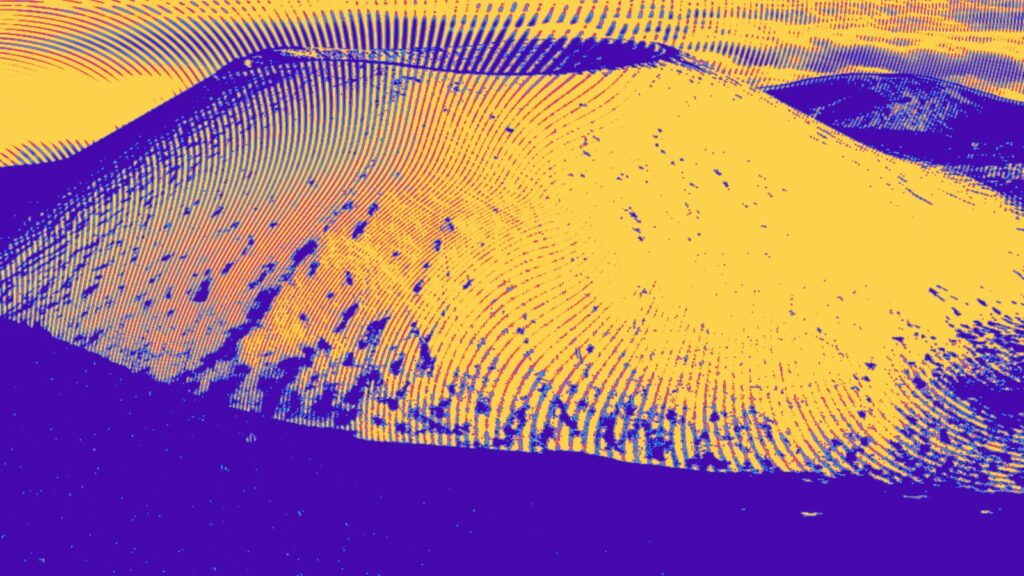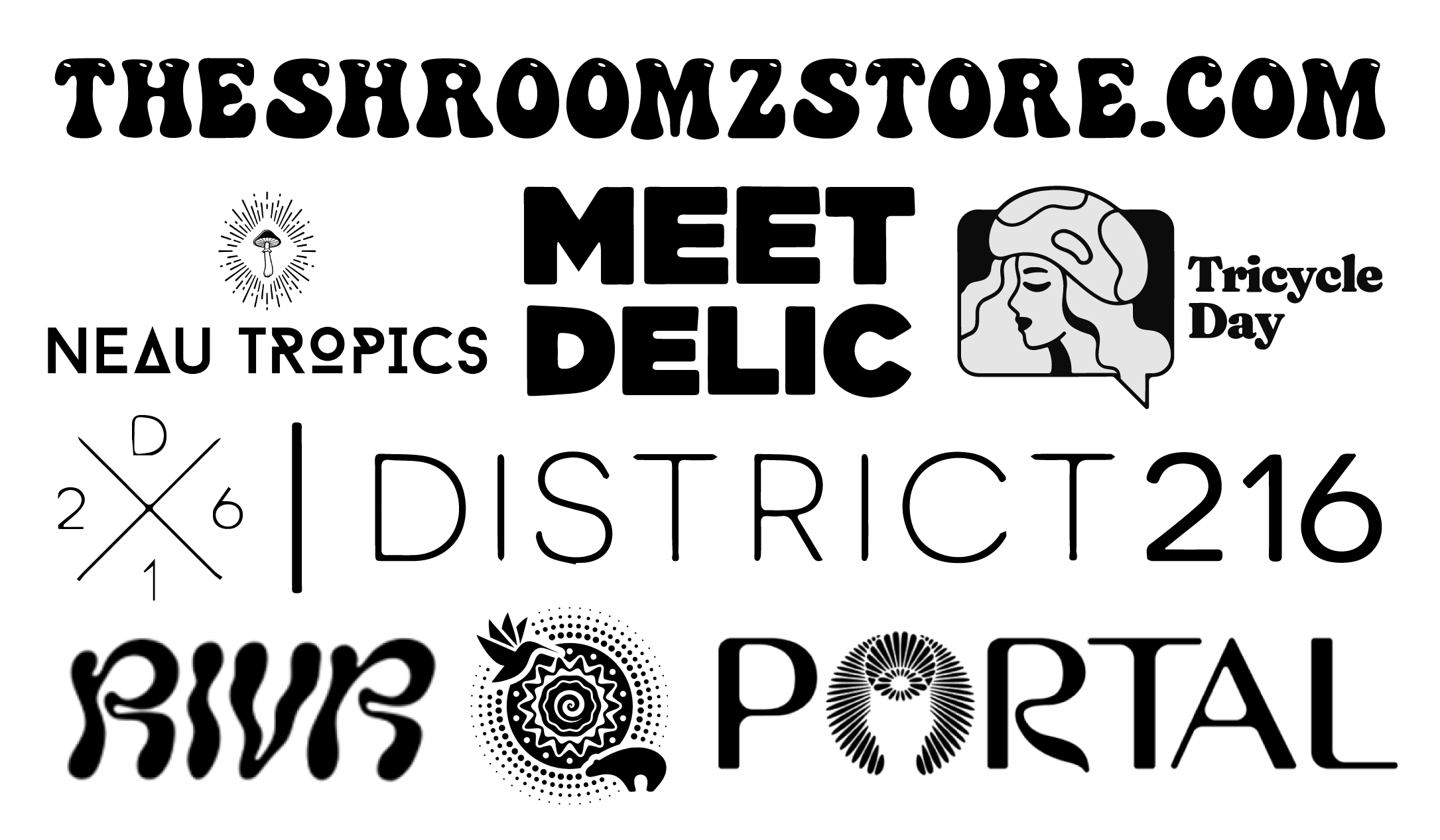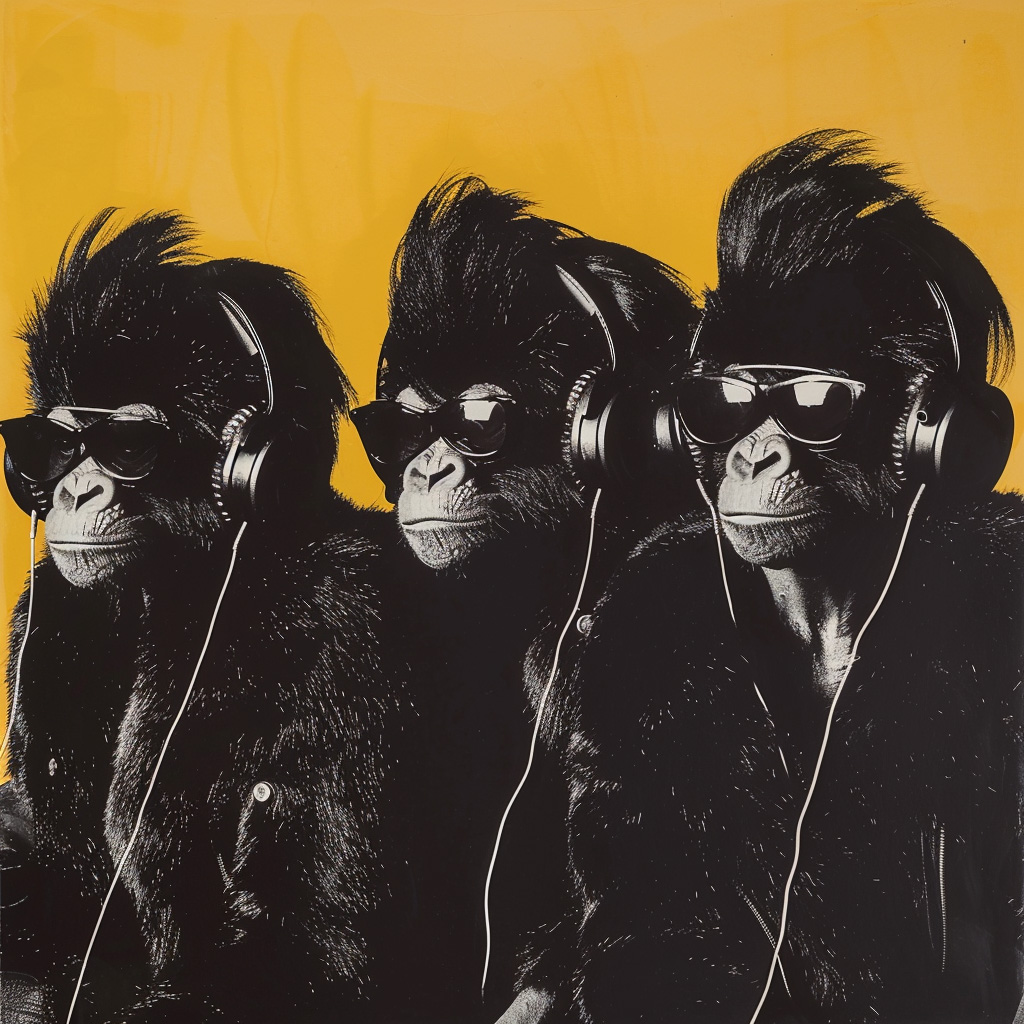There’s a reason ancient cultures worldwide built their calendars and spiritual practices around the movements of celestial bodies. These weren’t merely primitive attempts to mark time—they were recognitions of profound truths about the way energy flows through all living beings. As a woman who has spent years attuning to these natural rhythms, I’ve come to understand that our bodies are not separate from these cosmic patterns but are direct expressions of them.
The sun and moon aren’t just distant orbs in the sky—they are primal energetic principles that manifest within our physical forms. Men’s bodies generally follow the solar cycle: rising and setting with predictable regularity, burning bright with focused intensity. Women’s bodies, however, often mirror the waxing and waning of the moon, cycling through phases of creation, fullness, release, and renewal.

Circadian Rhythms: The Solar Cycle Within
The word “circadian” comes from Latin words meaning “about a day.” These 24-hour cycles govern countless biological processes in all living organisms, from single-celled bacteria to humans. Our bodies have evolved with the rising and setting of the sun for millions of years.
For men especially, the circadian rhythm tends to dominate their hormonal patterns. Testosterone follows a predictable daily cycle, peaking in the morning and gradually declining throughout the day. This creates a natural arc of energy—highest at dawn, steadily diminishing as the day progresses. Cortisol, too, surges upon waking to mobilize energy resources and gradually tapers off toward evening, preparing the body for rest.
This solar pattern often manifests in how men approach their days—with singular focus, linear progression, and an emphasis on completion. There’s a natural drive toward accomplishment within the span of a single day, much like the sun’s journey across the sky.
Infradian Rhythms: Dancing with the Moon
While men and women both experience circadian rhythms, women’s bodies contain an additional layer of timing—the infradian rhythm. “Infradian” simply means cycles longer than a day. The most obvious expression of this is the menstrual cycle, which averages around 29.5 days—remarkably similar to the moon’s 29.5-day journey around the Earth.
This is no coincidence. Our ancient mothers lived without artificial light, their bodies syncing naturally with lunar phases. Ovulation often occurred with the full moon (when nocturnal light was brightest, making nighttime gathering and socializing possible), while menstruation typically aligned with the new moon (the dark time for turning inward).
The female infradian rhythm creates distinct phases with varying hormonal landscapes:
- Follicular phase (days 1-14): Rising estrogen creates expansive energy, creativity, and outward focus
- Ovulatory phase (around day 14): Peak estrogen and testosterone bring heightened communication skills and sexual desire
- Luteal phase (days 15-28): Progesterone dominance creates inward focus, analytical thinking, and nesting instincts
- Menstrual phase (days 28-5): Hormone withdrawal allows for deep intuition, boundary-setting, and visionary thinking
Unlike the predictable daily rise and fall of male hormones, women experience this complex symphony of hormonal shifts throughout the month—creating different strengths, needs, and emotional landscapes as we move through each phase.
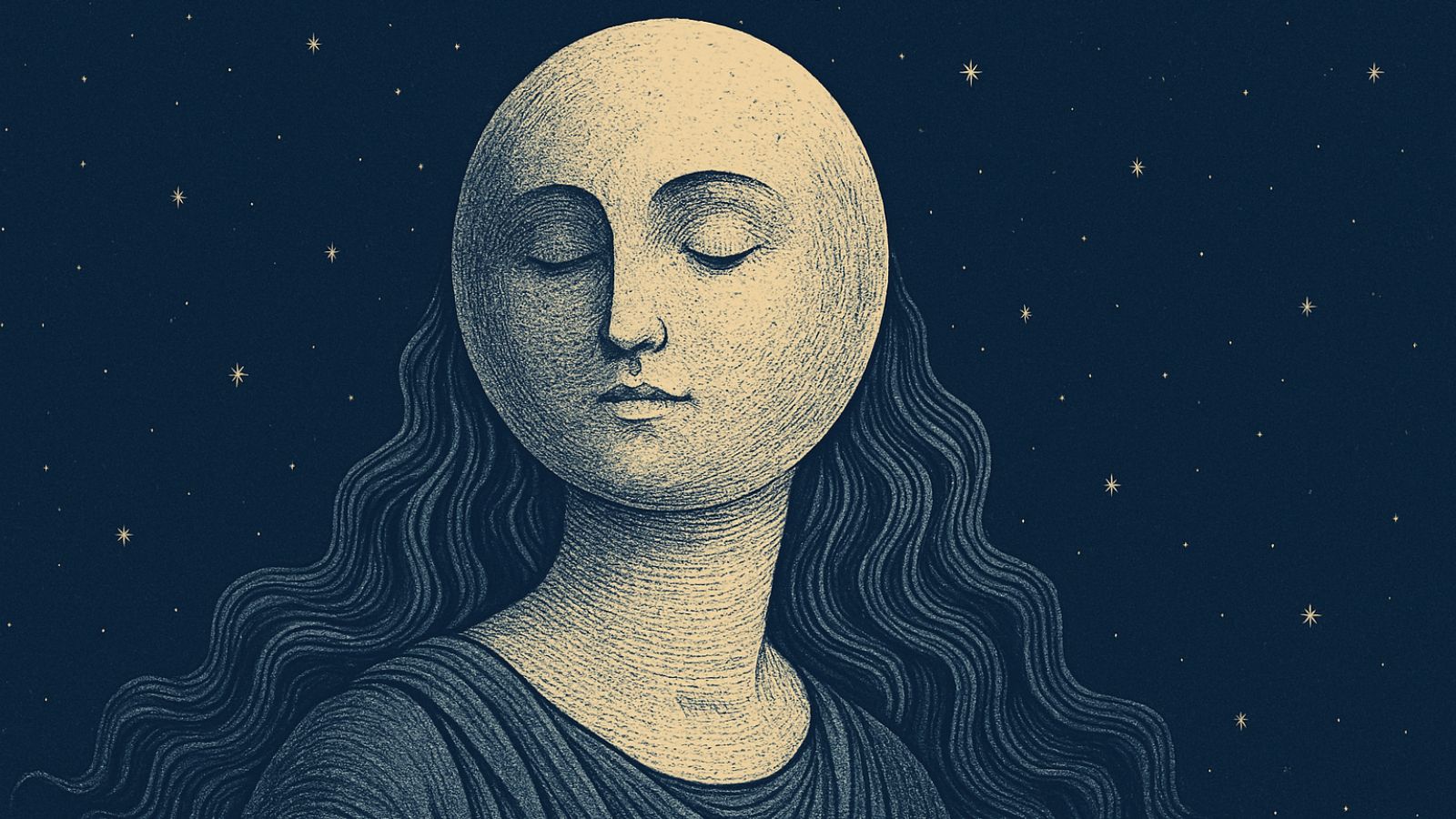
Honoring Your Natural Rhythms
There are different ways for feminine and masculine energies to work with the sun and moon. Even just minor adjustments to how you build your calendar can lead to much more ease in your daily life.
For Women: Embracing Lunar Wisdom
When we fight against our infradian nature by maintaining the same routines, expectations, and outputs throughout our cycle, we create unnecessary suffering. Here are ways to honor your moon-like nature:
- Track your cycle: Notice patterns in your energy, creativity, sociability, and intuition. Apps can help, but a simple moon calendar and journal work beautifully.
- Adjust your schedule: Plan important presentations or social events during your follicular or ovulatory phases when your communication skills are heightened. Save deep thinking work for your luteal phase when your analytical abilities shine.
- Modify your movement: Your body needs different types of exercise throughout your cycle. High-intensity workouts during follicular and ovulatory phases; yoga and gentler movement during luteal and menstrual phases.
- Create menstrual space: Our ancestors retreated to moon lodges during menstruation—not because they were “unclean” but because this time held powerful medicine. Create even small pockets of solitude and reflection during your bleeding time.
- Celebrate the fullness: Your ovulatory phase brings gifts of radiance and connection. Schedule gatherings, important conversations, or creative collaborations during this time when your energy naturally shines outward.
For women no longer experiencing a menstrual cycle—whether due to menopause, hormonal conditions, pregnancy, or surgical interventions—the lunar rhythm remains accessible. The moon continues her journey regardless of our physical changes. You can consciously sync with lunar phases by setting intentions with the new moon, celebrating fullness and manifestation with the full moon, and using the waning phases for release and reflection.
For Men: Honoring Solar Wisdom
Men can work with their dominant circadian nature by:
- Respecting your morning power: Schedule important work, creative projects, or exercise in the morning hours when testosterone is highest.
- Creating daily completion: Honor your natural drive for closure by setting achievable daily goals that can be completed within the sun’s arc.
- Building in recovery: Just as the sun must set to rise again, your body needs genuine rest periods. Resist the cultural push for constant productivity.
- Understanding your seasons: While daily rhythms dominate, men also experience longer cycles throughout their lifetime. Honor the different phases of your journey—from the fiery spring of youth to the steady summer of middle age and the reflective autumn of elder years.
- Practicing lunar awareness: While your body may be solar-dominant, developing appreciation for lunar rhythms can deepen relationships with the women in your life and enhance your own emotional intelligence.
It’s worth noting that while men typically experience more pronounced circadian patterns, they also have subtle infradian rhythms of their own. Research suggests men experience monthly hormonal fluctuations, though less dramatic than the menstrual cycle.
By tracking energy levels, mood, and creative capacity over weeks rather than just days, men may discover their own unique longer cycles. Some men find aligning with lunar phases—regardless of biological connection—provides a meaningful framework for balancing action with reflection, doing with being, and outward focus with inner wisdom.

The Cosmic Dance of Relationship
When sun and moon energies come together in relationship, there’s potential for either beautiful harmony or painful disconnection. Understanding these different rhythmic natures can transform how we relate.
For women loving men: Recognize his need for daily achievement and completion. The question “What did you accomplish today?” speaks directly to his solar nature. Honor his natural arc of energy rather than expecting peak performance in the evening hours.
For men loving women: Understand that her changing emotional landscape isn’t personal or problematic—it’s the moon moving through her. The woman who was outgoing and effervescent last week might need quiet and introspection this week. This isn’t inconsistency; it’s the natural rhythm of her being.
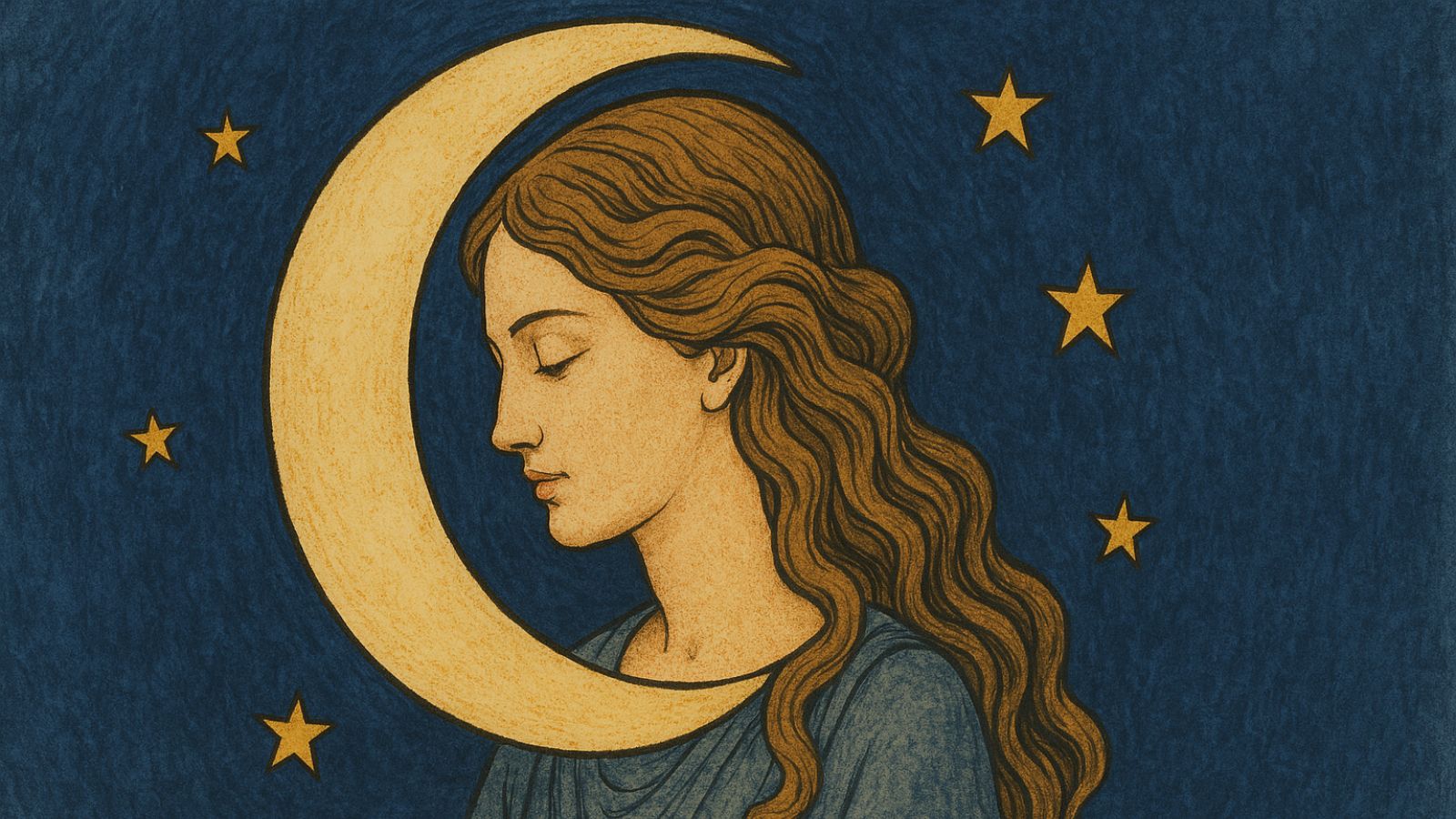
Reclaiming Our Wild Nature
Perhaps what’s most radical about embracing these natural rhythms is that it reconnects us to our animal bodies and the more-than-human world. Honoring our cyclical nature is a revolutionary act in a culture that values consistency, predictability, and 24/7 productivity.
When we sync our lives with these cosmic patterns, we remember that we are nature. The same forces that pull the tides, spin the planets, and turn the seasons flow through our veins. By listening to these rhythms instead of fighting against them, we reclaim our place in the great web of life.
The modern world may run on linear time, but our bodies still dance to the ancient rhythms of sun and moon. By honoring these different patterns within ourselves and each other, we create lives of greater ease, power, and magic—rooted in the wisdom that has guided our species since the beginning of time.
May your journey with these rhythms bring you into deeper harmony with yourself, your loved ones, and the living earth that holds us all.

